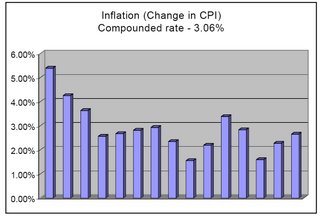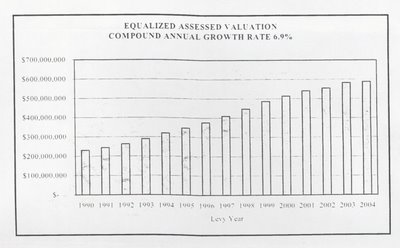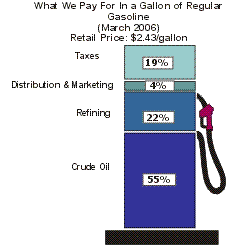The translation follows below. Read it carefully.
This is terrorism pure and simple, and self-respecting, law-abiding immigrants in the U.S. should be outraged. The general media has portrayed this as simply a Spanish "version" of OUR national anthem. The reality is something different. It has been rewritten.
These lyrics are a declaration of war on the United States. With no changes to the English translation, it could have been written by the old Soviets, the modern North Koreans, the Iranian President, Radical Islamicists- ala Al Qaeda- , Chavez in Venezuela, or Castro in Cuba; the list is long and varied, but the resentment, hatred, lust, jealousy, and self-pity remains the same.
Our citizenry is slow to anger, and generally patient and kind - but beware - two can play at these games. We can't help the past. We've made mistakes. We've made some sacrifices. We won't, however, let demagogues define our future.
Here's the translation:
" By the light of the dawn, do you see arising,
what we proudly hailed at twilight's last fall?
Its stars, its stripes
yesterday streamed
above fierce combat
a gleaming emblem of victory
and the struggle toward liberty.
Throughout the night, they proclaimed:
"We will defend it!"
(Chant:
It’s time to make a difference the kids, men and the women/Let’s stand for our beliefs, let’s stand for our vision/What about the children los ninos como
These kids have no parents, cause all of these mean laws.
See this can’t happen, not only about the Latins.
Asians, blacks and whites and all they do is adding
more and more, let’s not start a war
with all these hard workers,
they can’t help where they were born.)
Tell me! Does its starry beauty still wave
above the land of the free,
the sacred flag?
Its stars, its stripes,
liberty, we are the same.
We are brothers in our anthem.
In fierce combat, a gleaming emblem of victory
and the struggle toward liberty.
My people fight on.
The time has come to break the chains.
Throughout the night they proclaimed, "We will defend it!"
Tell me! Does its starry beauty still wave
above the land of the free,
the sacred flag? "
Patriotism for one's adopted home or "reconquista" jihad?
God bless all citizens of the United States of America and their guests.








